Mitsubishi A5M4 Claude
Production Time 9 to 10 weeks
Shipment is by FedEx, UPS or DHL International Express Courier with a normal door-to-door delivery time worldwide of within 2-3 business days after dispatch. Due to the current volatility of world fuel prices, the amount mentioned here is our best estimate for DHL and UPS and may be subject to change at the time of shipping.

Model Description: Mitsubishi A5M4 Claude Wood Replica Scale Custom Model Aircraft
Manufacturer: Mitsubishi
Wingspan: 17.1 Inches (43.4 Centimeters)
Height: 5 Inches (12.7 Centimeters)
Scale: 1:25
$239.50
Production Time 9 to 10 weeks
-
United States dollar ($)
-
Pound sterling (£)
-
Euro (€)
-
Australian dollar ($)
-
Canadian dollar ($)
-
Singapore dollar ($)
-
Swiss franc (CHF)
-
Japanese yen (¥)
-
Danish krone (kr.)
-
Hong Kong dollar ($)
-
Norwegian krone (kr)
-
Swedish krona (kr)
-
United Arab Emirates dirham (د.إ)
General Product Description
Our PlaneArts Mitsubishi A5M4 Claude model exhibits unique, unrivaled quality and detailed design to come as close as possible to the accuracy of the actual plane. It comes as standard with a robust, durable base or stand which is available in a variety of different finishes designed to match your own personal requirements including solid wood, wood with polished metal supports or adjustable wood wall mount and will be ready within about 9-10 weeks from placement of order.
The Mitsubishi A5M4 Claude model is made of the finest kiln dried renewable mahogany wood (commonly known as Lauan or Meranti) which has undergone many stages of carving and meticulous and careful sanding giving the beautiful, finished museum quality masterpiece. Many collectors and model connoisseurs demonstrate their preference for genuine handmade and hand painted mahogany wood models rather than plastic or die cast (diecast) alternatives due to the overall look and totally different feel of the item - we trust you will find the same. We can however, if required produce the same model in Solid Cast Resin so just click and contact us for further information. Our craftsmen and gifted artisans ensure that our finely handcrafted model airplanes match the precise blueprint details of the original aircraft. The paint scheme, markings and parts are closely matched, reflecting the original aircraft. This stylish top-quality desktop replica model will surely enthrall anyone who receives this as a gift and for sure one of the most appropriate and desirably collectable gifts for any military aviation enthusiast and avid aircraft collector whilst also displaying a perfect resemblance to the actual real life version.
There are many types of military propeller aircraft, but the basic types are bombers, fighters, fighter bombers, spotter planes, transporters, patrol aircraft, trainers, and reconnaissance and observation aircraft. All these types of aircraft are used for different types of missions. If you're a fan of historic or present-day military aviation, our model aircraft will bring the excitement and character of these aircraft right into your own home. You can order a wood airplane model of a North American B-25 Mitchell Bomber, a B17 - Flying Fortress, or a P-51 Mustang Nervous Energy V not forgetting the Bf 109, Spitfire, FW 190, A6M Zero, P-38 and F4U. These classic, propeller airplane models are of the highest quality. Each is individually crafted by our expert craftsmen. They produce handmade scale mahogany airplane models of the finest aircraft from World War I and II to present day biplanes and triplanes.
If you require, we can also make the Mitsubishi A5M4 Claude model in any other military, government or even private livery or colour scheme you require and if necessary, in a different size or scale. Just click here to contact us with a description or photographs of what you require, and we will let you have a quotation for the necessary customization by return email. We can also make bespoke scale replicas of any other private / civil commercial airliner or airliners, helicopter, glider, gliders with engines, military jet, warplane jets, biplane, triplane, tail fin, spacecraft, rocket or NASA model you require in any airline, military or civilian livery or colors. We also produce model airships, blimps, dirigibles, blimps, boats, and ship collectibles. Wall plaque or seal for military, government or private customers. Again, by clicking here to contact us just let us know exactly what you need.
The Mitsubishi A5M4 Claude: A Pioneer of Japanese Carrier-Based Fighter Aviation
The Mitsubishi A5M4 Claude holds a significant place in the annals of military aviation history as Japan’s first monoplane fighter aircraft with a retractable undercarriage to enter naval service. Developed by Mitsubishi Aircraft Company in the 1930s, the A5M was a precursor to the more famous Mitsubishi A6M Zero. Its development marked a pivotal shift in naval air tactics and technology, influencing subsequent designs in Japanese and global fighter aircraft.
Development and Design:
The A5M, also known as the Mitsubishi Navy Type 96 Carrier Fighter, was designed by the legendary engineer Jiro Horikoshi, who would later design the Zero. The initial version of the A5M flew for the first time in February 1935. It quickly demonstrated its capabilities, setting a world speed record for carrier aircraft. The A5M4 variant, a refined version with enhanced features, became the most produced model.
This aircraft was primarily constructed from light alloys and featured a low-wing cantilever configuration, which was innovative at the time. The design included an open cockpit and a fixed-pitch propeller, which were typical of the era. Its retractable undercarriage was a novel feature that improved aerodynamics, giving it an edge in speed and performance over contemporary biplanes.
Operational History:
The A5M4 Claude saw extensive service during the Second Sino-Japanese War and the early stages of the Pacific War in World War II. Its operational debut occurred in China, where it quickly proved superior to the Chinese Air Force’s fighters, including the Polikarpov I-15s and I-16s. The A5M4’s agility and speed made it a formidable opponent in the skies, contributing significantly to Japanese air superiority in the conflict.
During its service, the Claude operated off several Japanese aircraft carriers, including the Akagi and Kaga. Its presence in key battles such as the invasion of French Indochina demonstrated its importance as part of Japan’s expanding naval capabilities.
Technical Specifications:
The A5M4 was powered by a Nakajima Kotobuki radial engine, which provided about 585 horsepower, allowing the aircraft to reach a top speed of approximately 450 km/h (280 mph). It had a range of about 1,200 kilometers (746 miles), making it effective for long-range escort missions and patrols. The armament typically consisted of two forward-firing 7.7 mm machine guns, adequate for the dogfighting tactics of the time.
Legacy and Impact:
The Mitsubishi A5M4 Claude was eventually superseded by the Mitsubishi A6M Zero, which offered better armament, protection, and range. However, the Claude’s influence on the Zero’s design was unmistakable, particularly in its aerodynamic qualities and light construction principles.
Today, the A5M4 Claude is remembered not only for its technological advancements but also for its role in shaping the early stages of carrier-based air warfare. It set performance benchmarks that prompted significant developments in fighter aircraft during World War II. Museums in Japan and beyond display remaining examples of this aircraft, serving as a testament to its impact and legacy in the field of aviation.
The A5M4 Claude is a critical chapter in the story of naval aviation, representing a bridge between the biplane fighters of the past and the more advanced monoplane designs that dominated the skies during World War II. Its contributions to the development of Japanese military aviation and its role in historical air combat continue to be studied and appreciated by historians and aviation enthusiasts around the world.
| Weight | 6 kg |
|---|---|
| Dimensions | 11.7 × 17.1 × 5 in |

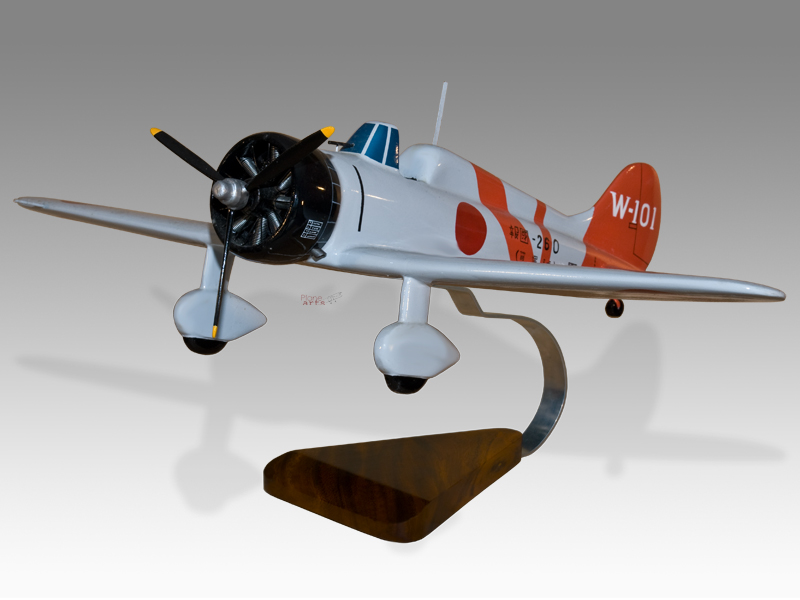
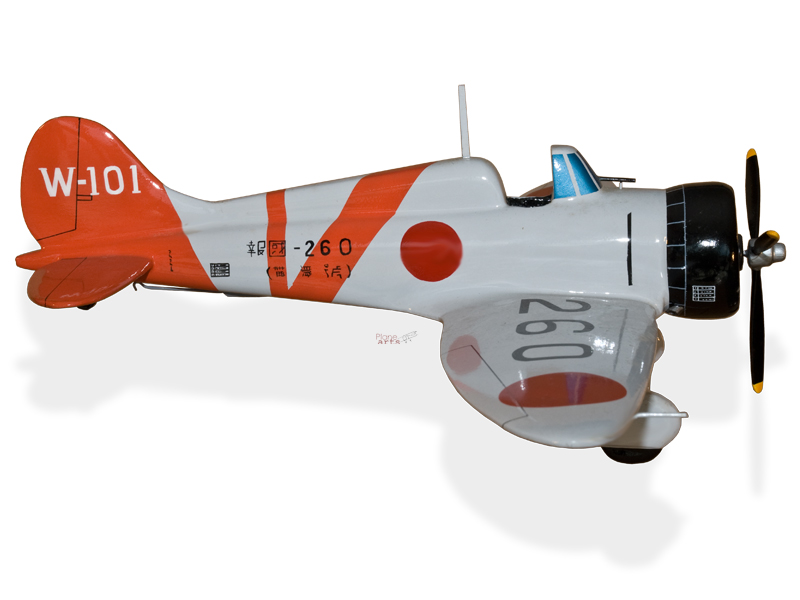
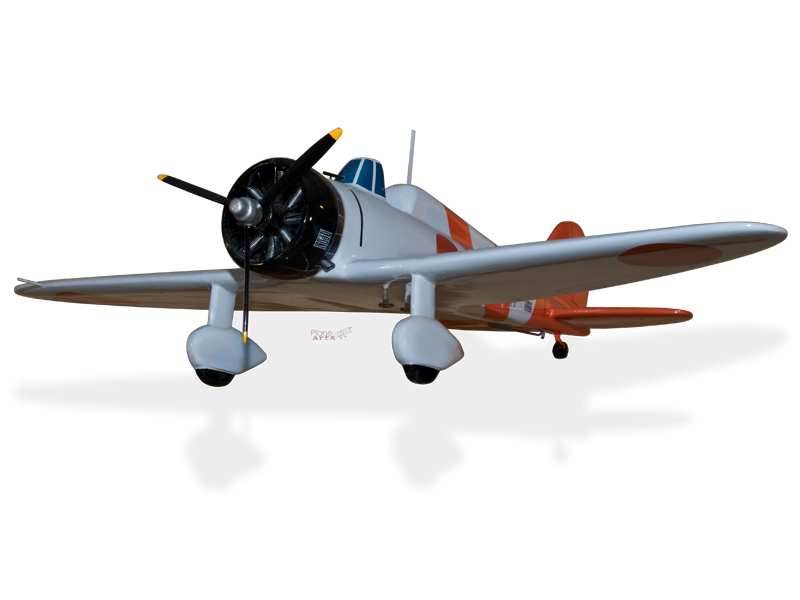
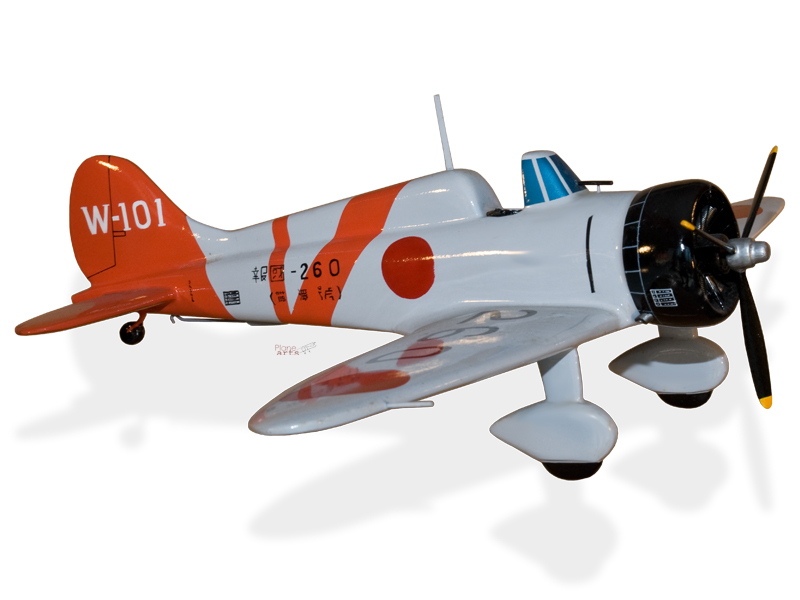
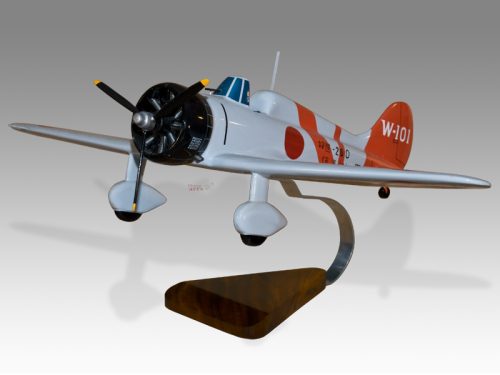
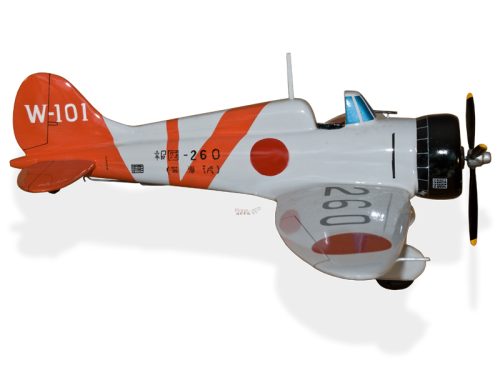
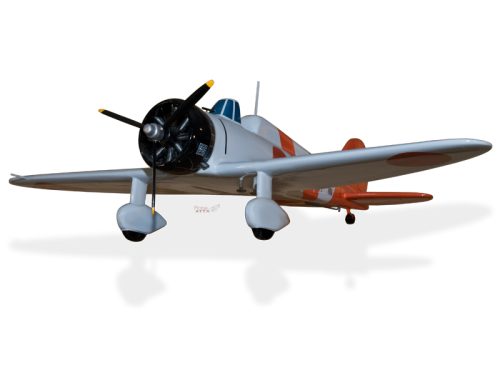
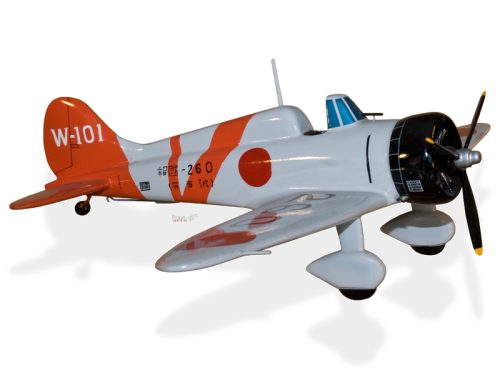
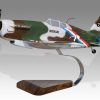
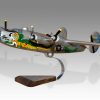
Reviews
There are no reviews yet.